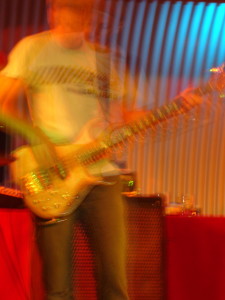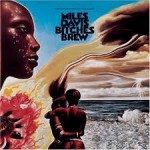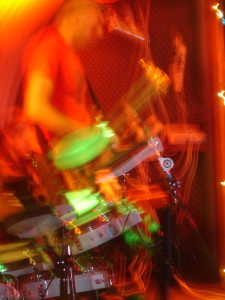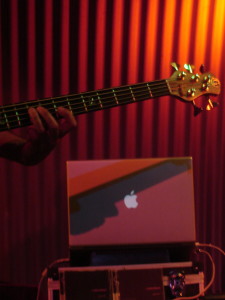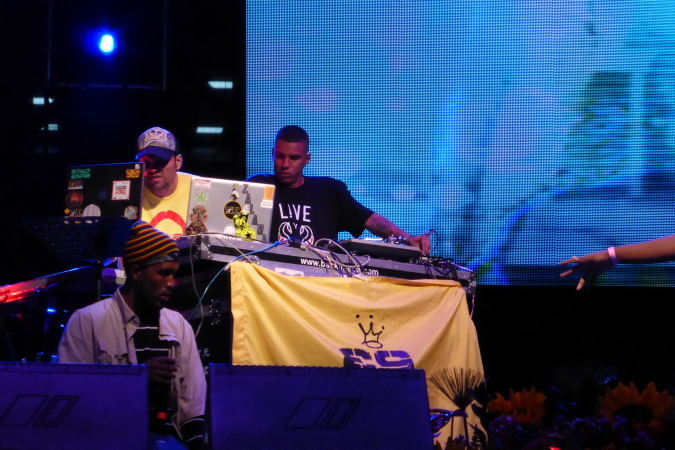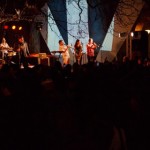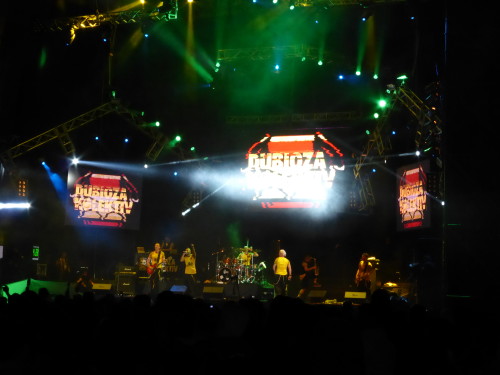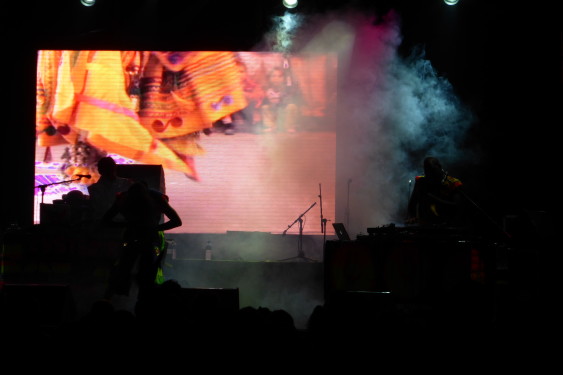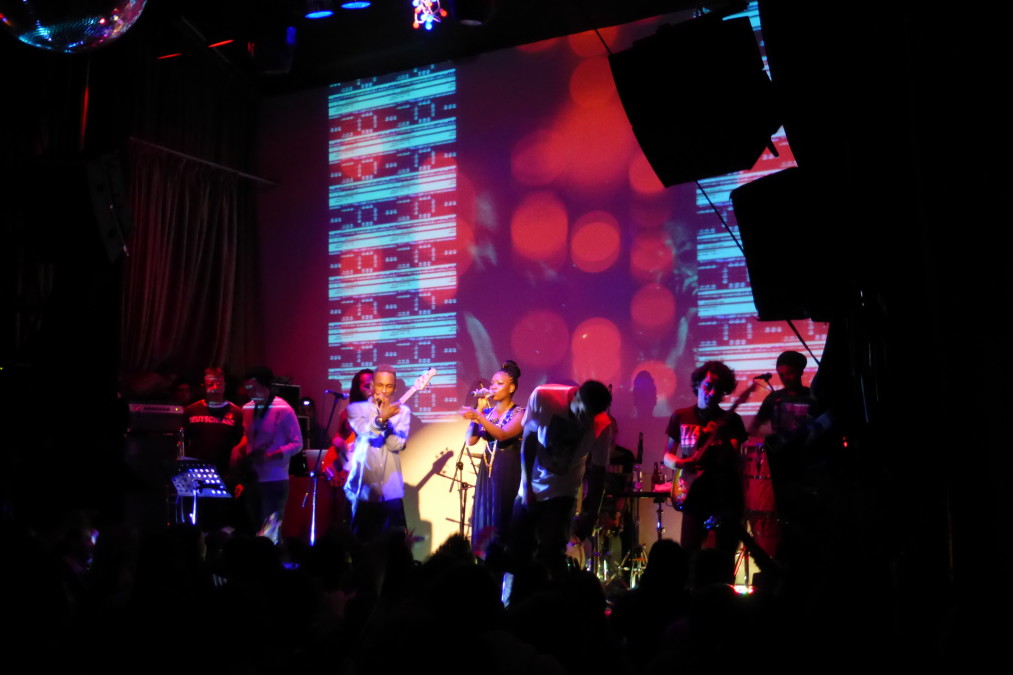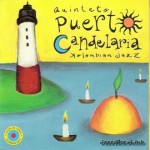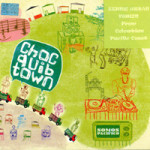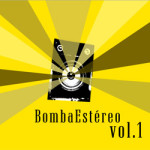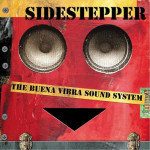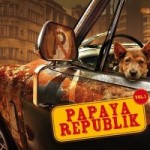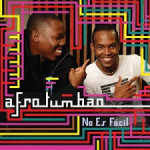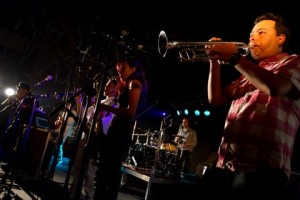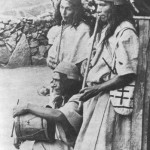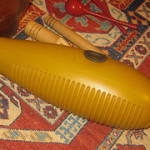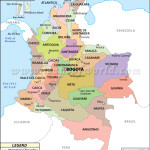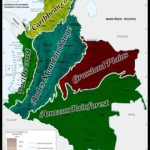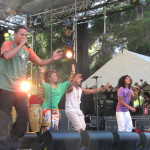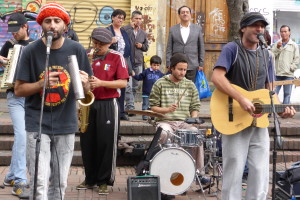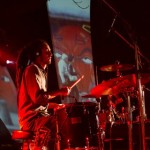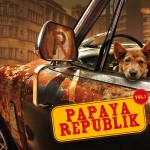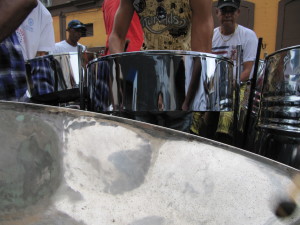Dr Baz (Australian Musician & Musicologist) adds this to the collection of thoughts on fusion music.
Take it away Baz…
When I was asked about what Fusion Music is my musical brain immediately thought of Jazz Fusion…a genre of Jazz that was coined in the late sixties and seventies that described the way Miles Davis, Herbie Hancock, Joe Zawinul and other jazz heavyweights incorporated Funk and electronic musical instruments into improvised Jazz music. Think back to Miles Davis’s ‘Bitches Brew’ and Joe Zawinul’s Weather Report Muzak and you are in the ballpark about what Jazz Fusion sounds like.
- Weather Report – ‘Sweetnighter’
- Miles Davis – ‘Bitches Brew’
- Herbie Hancock – ‘Headhunters’
It’s not the only fusion though.
In reality all music is fusion….every single style we know today as different types of Music is a coming together of different types of Music due to specific historical circumstances.
For example German classical composers combined European folk music to create their Symphonic master pieces.; Ancient Australian Indigenous Yidaki/Dijeridu Music is really derived from Indonesia; Indian Classical music has its roots in Persia and the Middle East.
The contemporary music of North and South America is a clear example of different fusions and the histories of Salsa Samba Rhumba Reggae Calypso Jazz Blues and more recently Hip Hop and Reggaeton can be clearly traced thanks to the well documented records we have of the historical development of these musical styles.
As human beings we like to put culture under glass….we like to freeze a musical recording in time and call it something…we relate our identity strongly to the music we like and then set up rules about the musics we don’t like according to our own tastes. We develop stereotypes: the black jazz man, the sexy Latino salsa band, the wild gypsy violinist – and start to make up rules about what is an authentic expression of these favored styles. We crave authentic musical experiences that relate to these self imposed definitions. And therein lay the dilemma….
One persons fusion is another person’s jazz…one person’s hip hop is another person’s pop music sellout.
For me as a musician and a musicologist who sees a direct relationship between the development of music and cultural histories, fusion music is where it’s at… it’s musicians from different cultures and backgrounds sharing their creative differences and jamming together to create something new. Whenever and wherever musicians can get together and jam new musical fusions are born.
So what is fusion music?
It is the hybrid musical styles that we can’t fit in our glass cased museum definitions. At various times in history its has been a gypsy guitarist performing with a African Drummer – or a rapper dropping rhymes in Korean and topping a billion views on YouTube – or a Slave providing a beat to a Spanish brass band on the docks of Havana in the 1600s.
Fusion music reflects the shifts in our collective musical consciousness and these shifts are in turn triggered by the wars, famines, slave trades and digital technology revolutions that shape history.
A fusion music used to serve an apprenticeship to an established style before being recognised as a style in its own right. The internet has changed all that. Today musical fusions are appearing so fast that the very concept of an identifiable musical style complete with similar rhythm harmony and instrumentation is under threat.
So all music is fusion… it’s what I love about music as I will always encounter something new in this world.
[me too Baz..Beaver]
